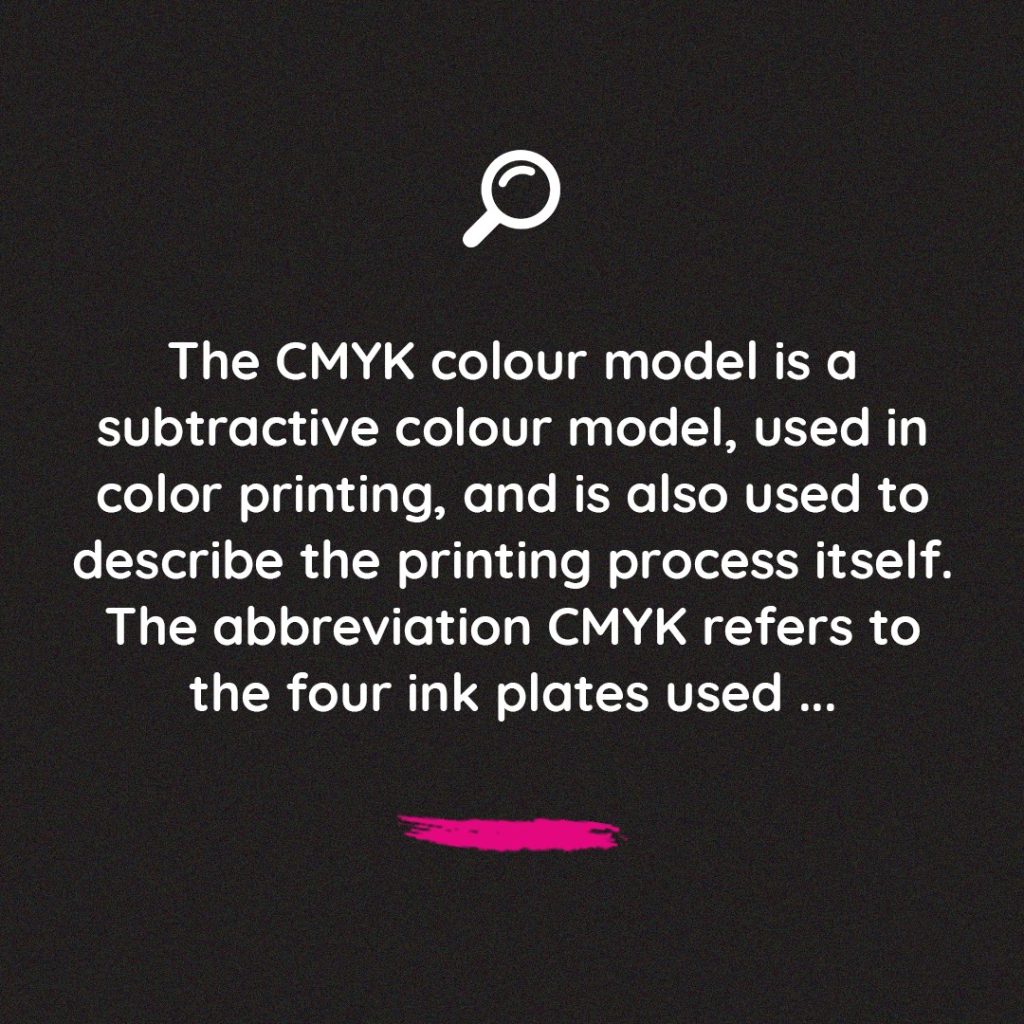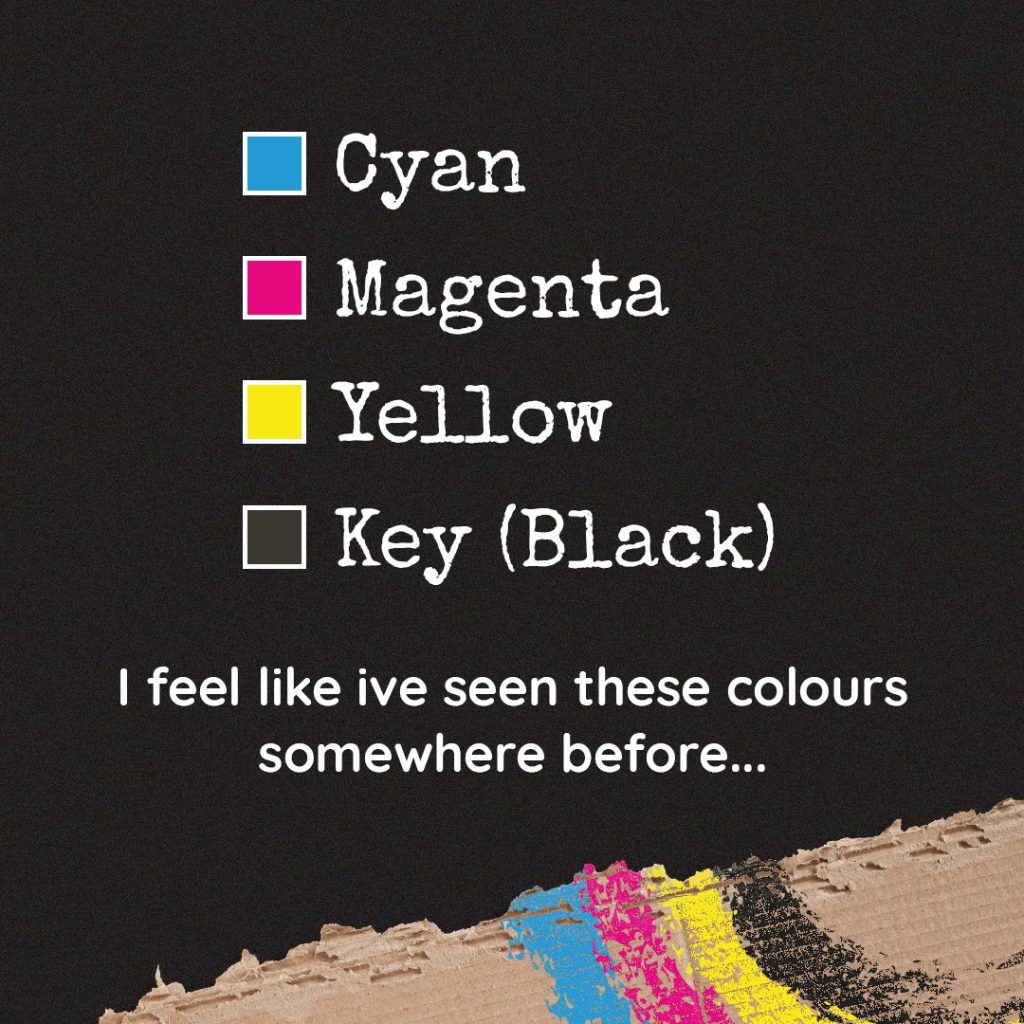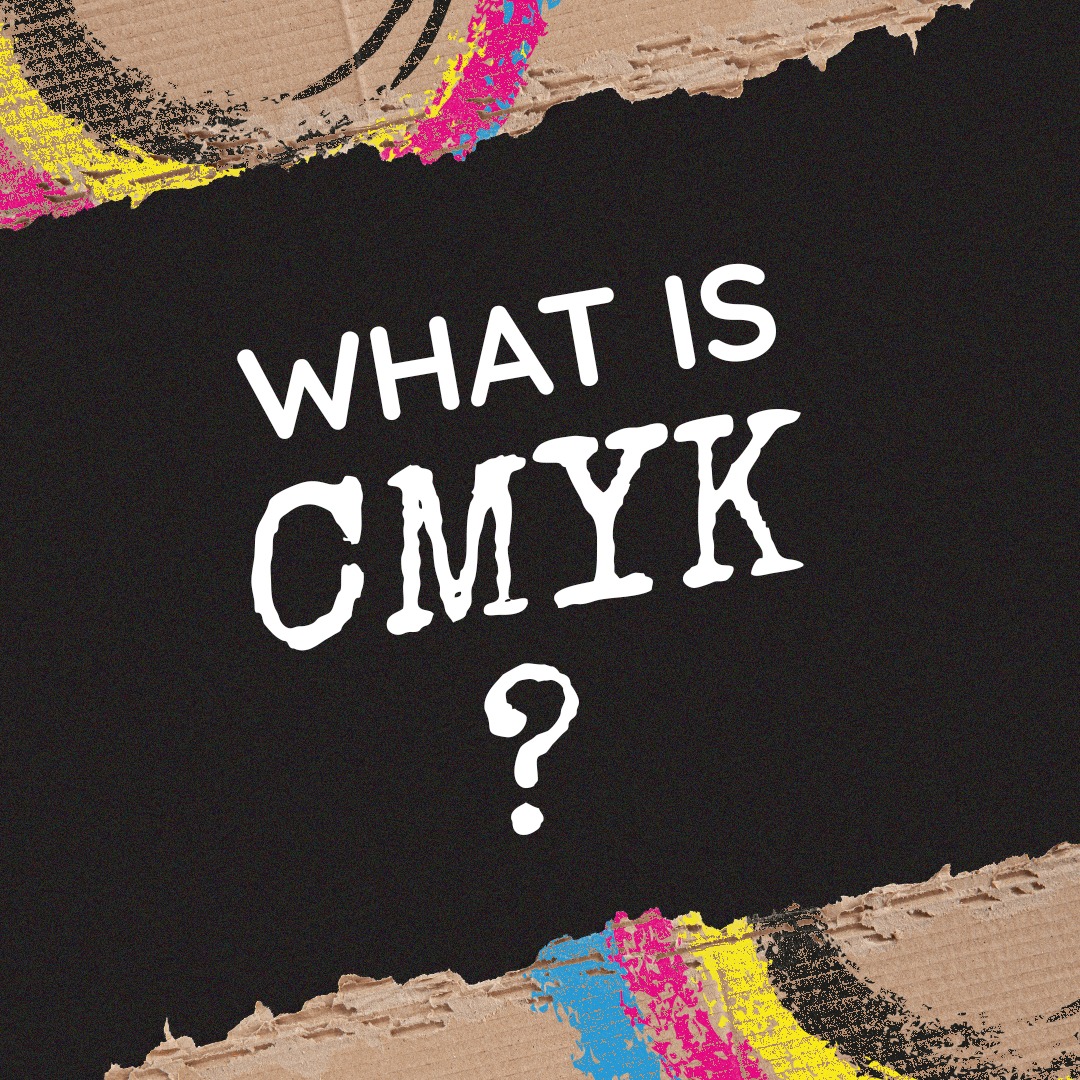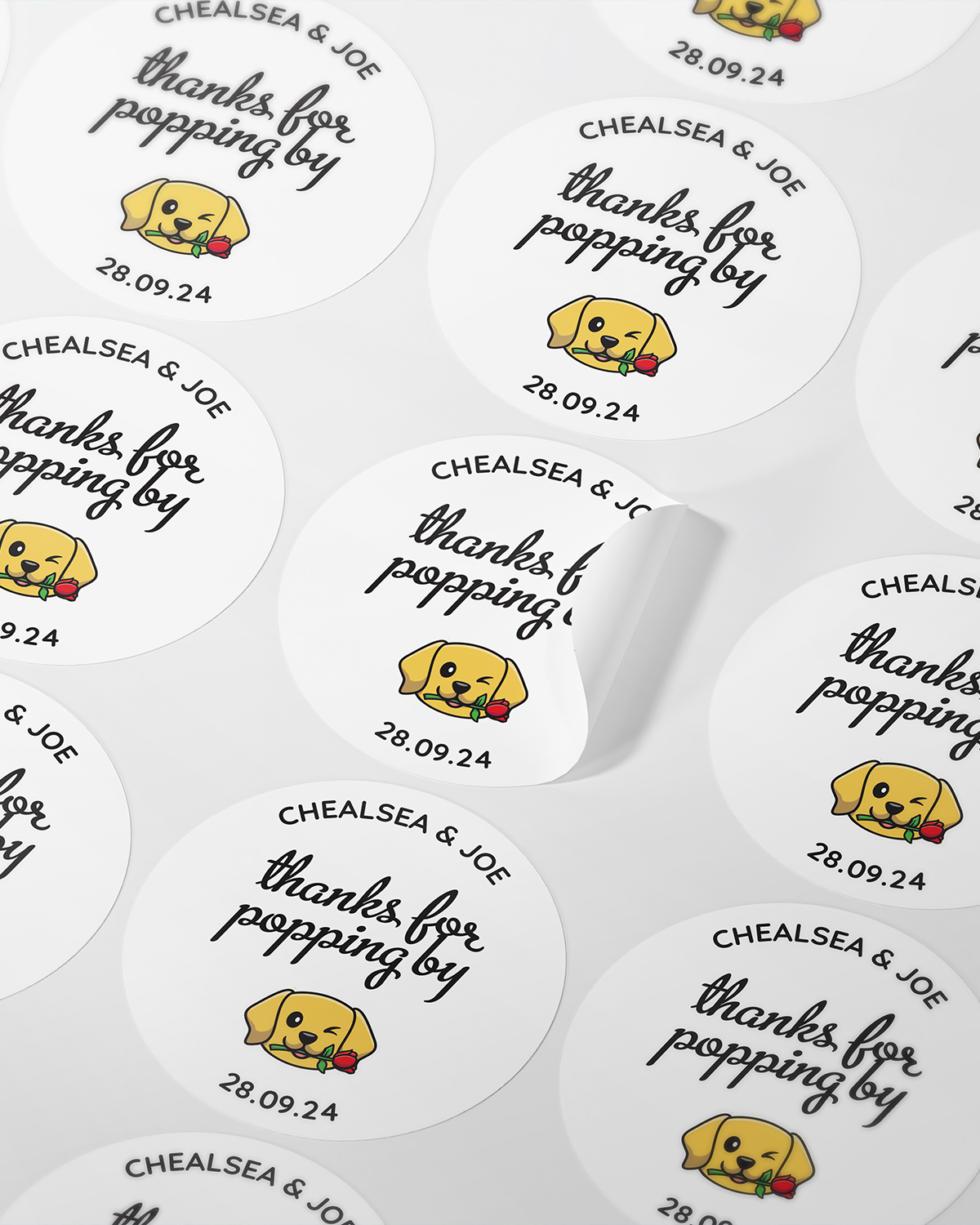Ever wondered how those vibrant colours leap off the page and captivate your eyes? It’s not magic (well, maybe a little!), it’s the power of CMYK! This quartet of inks – Cyan, Magenta, Yellow, and Key (Black) – work together in perfect harmony to create a symphony of colour that transforms ordinary paper into stunning visual masterpieces.
The Science of Colour Mixing
CMYK is a subtractive colour model, meaning that each ink subtracts certain wavelengths of light, allowing us to perceive different colours. By carefully blending these four primary inks, printers can recreate a vast spectrum of colours with remarkable accuracy.
- Cyan: A vibrant blue hue that absorbs red light.
- Magenta: A vivid pinkish-red that absorbs green light.
- Yellow: A sunny yellow that absorbs blue light.
- Key (Black): Adds depth, contrast, and sharpness to the image.

From Pixels to Print
When you design an image on your computer, it’s likely in RGB (Red, Green, Blue) colour mode, which is used for screens. To ensure your design looks its best in print, it needs to be converted to CMYK. This conversion process ensures that the colours you see on your screen translate accurately to the printed page.

CMYK in Action
Think of a captivating photograph in a magazine, a bold infographic in a brochure, or a whimsical illustration in a children’s book. CMYK is the invisible force behind those vibrant colours, ensuring that every detail shines through with clarity and brilliance.
The Magic of CMYK
So, the next time you marvel at a printed piece, take a moment to appreciate the magic of CMYK. This powerful colour model empowers designers and printers to bring their visions to life with stunning accuracy, transforming ordinary paper into captivating works of art.

#CMYK #PrintingMagic #ColourTheory





